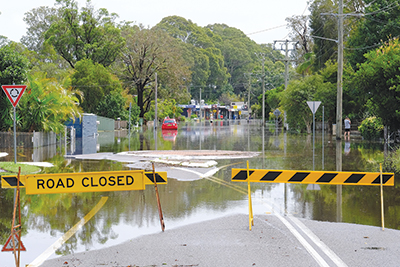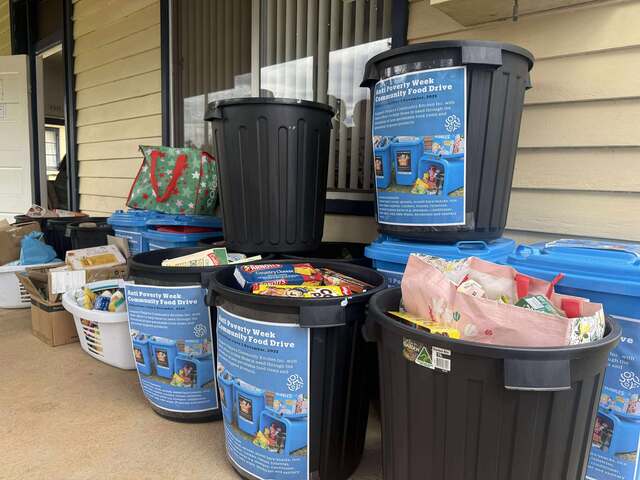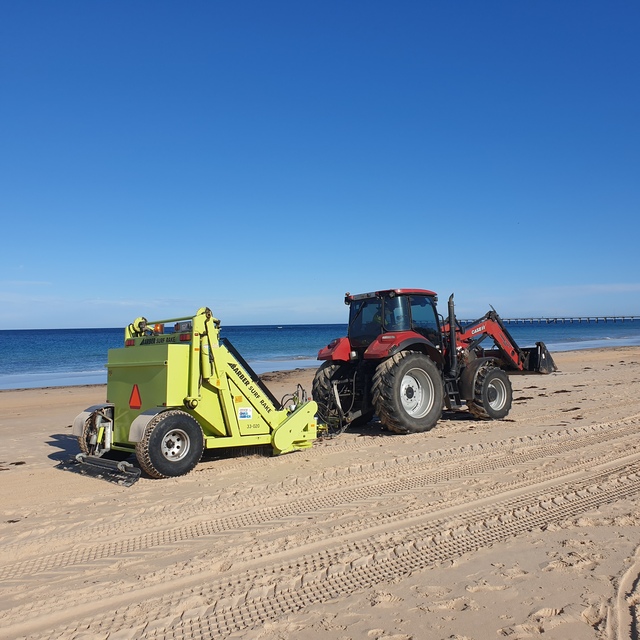More funding is needed to help local governments cope with the costs of climate change, according to a new report from the
Climate Council and Cities Power Partnership.
The report, Neighbourhood issue: Climate costs and risks to councils, released last month, found climate-fuelled extreme weather was compounding costs for councils. The bill for local governments to fix eroding beaches and protect beachside property or infrastructure commonly exceeded $1 million and could reach as high as $54 million per year.
Report author and Climate Council spokesperson, Professor Lesley Hughes said, “Climate impacts cut across almost all areas of local government responsibility including the maintenance of critical assets and infrastructure and delivery of essential community services. As the closest tier of government to the community, councils are often at the forefront of disaster response.
“State and federal assistance is falling short of what’s required to help councils prepare for and respond to extreme weather.
“However, while council responsibilities – including those related to climate change – are growing, their tax revenue has shrunk to the fourth lowest share among the 30 industrialised nations that make up the Organisation for Economic Co-operation and Development.
“Effectively, councils are being asked to do more, with less. Without increased funding, guidance and support, I can’t imagine how they will continue to protect and provide for their communities.”
Key findings
The report found that while climate change is an immense challenge for all levels of government, its impacts are felt most acutely at the local level.
Worsening extreme weather, is compounding costs for councils including mounting damage to council-owned assets, rising insurance premiums and increasing liability risks.
Twenty-four New South Wales councils impacted by floods in March 2021 also experienced floods or storms the previous year.
Additionally, six of those local governments had more than 40 percent of their region burned in the Black Summer bushfires. During Black Summer, one fifth of Towong Shire Council staff were personally affected and Council resources were ‘effectively exhausted’ within 72 hours.
A growing number of Australians have no insurance or inadequate insurance coverage for their property, which increases pressure on councils and the broader community to provide financial support in the wake of climate-fuelled disasters. Rates of noninsurance range from 17 percent in north Queensland (more than 62,000 properties) and as high as 40 percent in northern Western Australia (more than 10,000 properties).
One South Australian council reported over a third of total operating expenditure goes to coastline management.
Preparation vs recovery
Cities Power Partnership Director, Dr Portia Odell said, “Spending public money on disaster preparation rather than disaster recovery is always money better spent, yet 97 percent of all Australian disaster funding only comes in the wake of an event.
“Many councils are leading on actions to mitigate the impacts of climate change by cutting emissions through switching to clean energy and building greener, more efficient communities. But more can be done.
“If we want to avoid catastrophic impacts and create a prosperous future for local communities, all levels of government must ramp up their climate action.”








